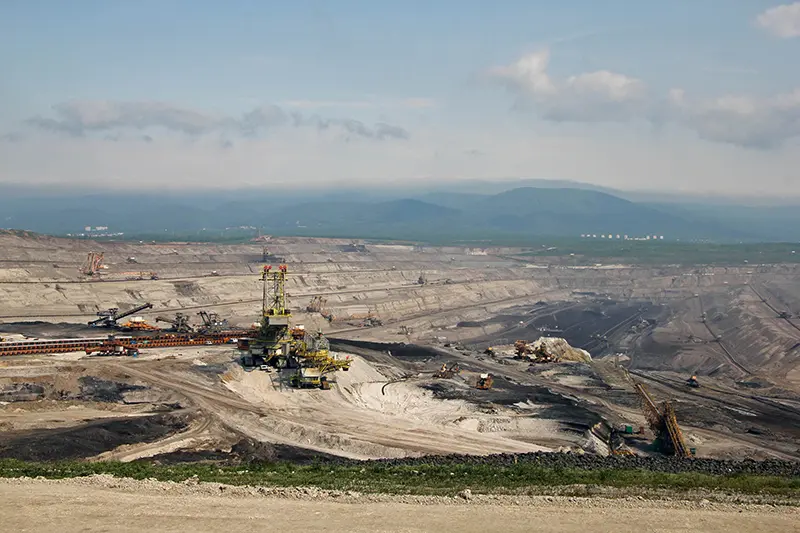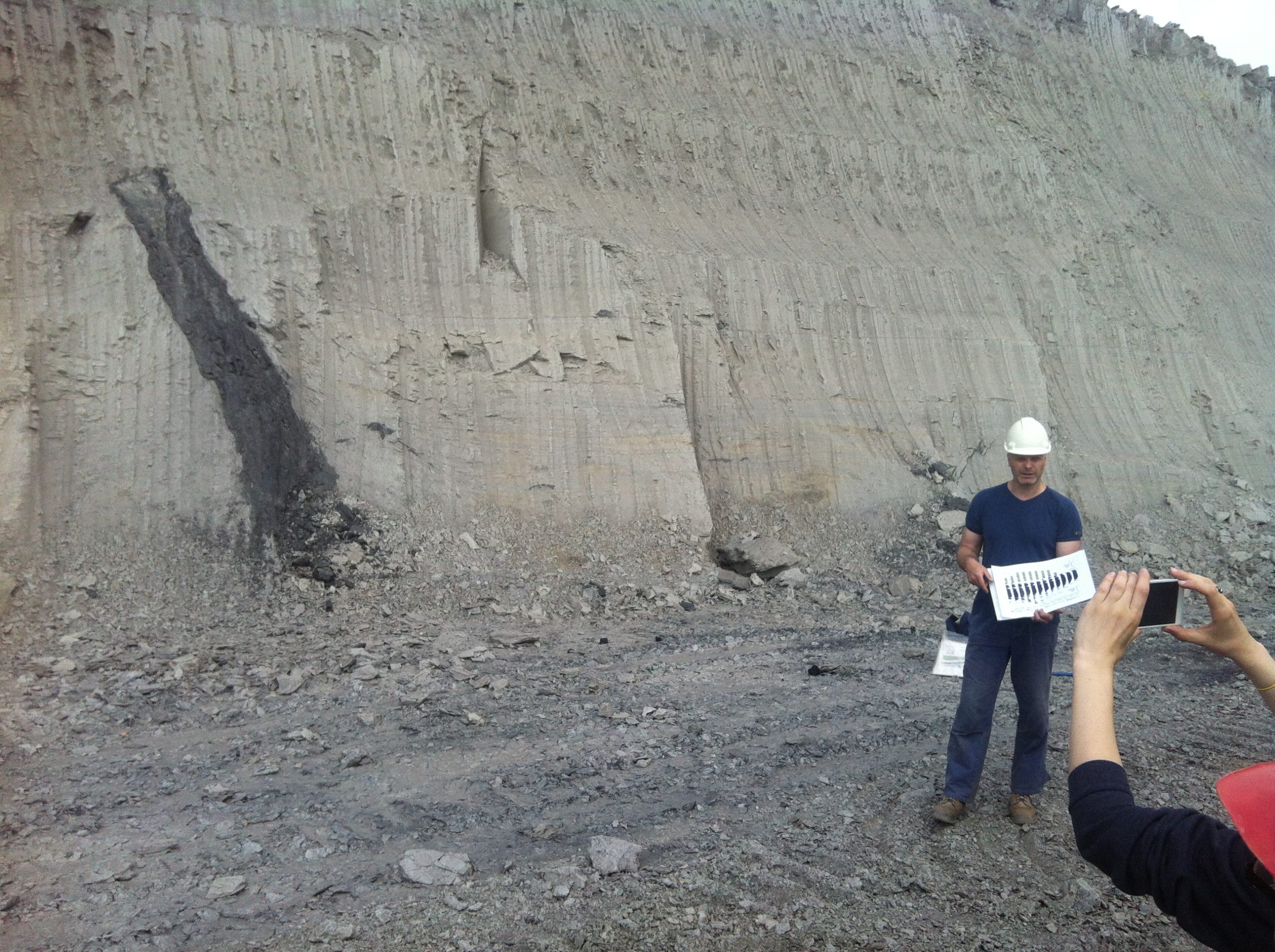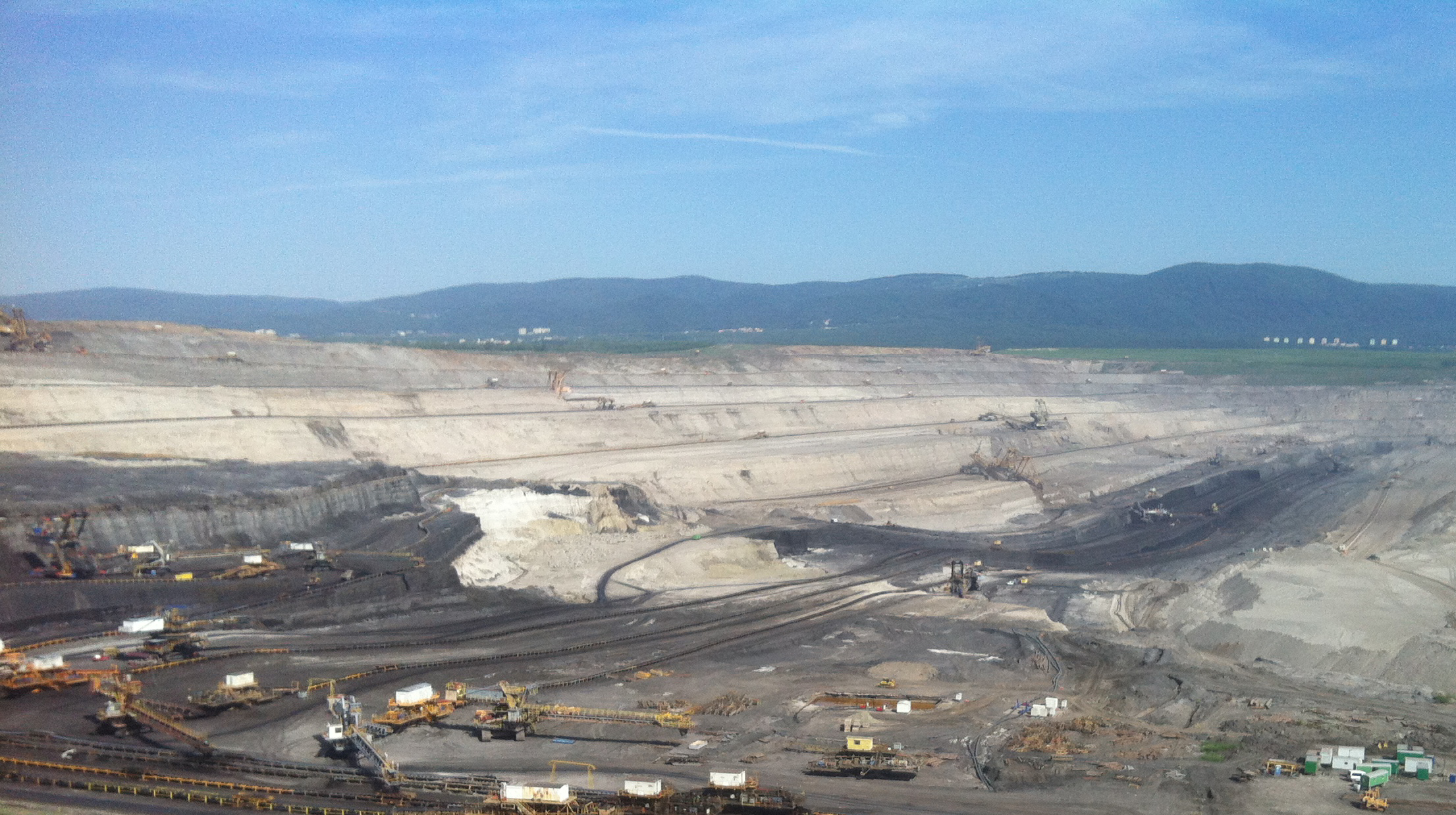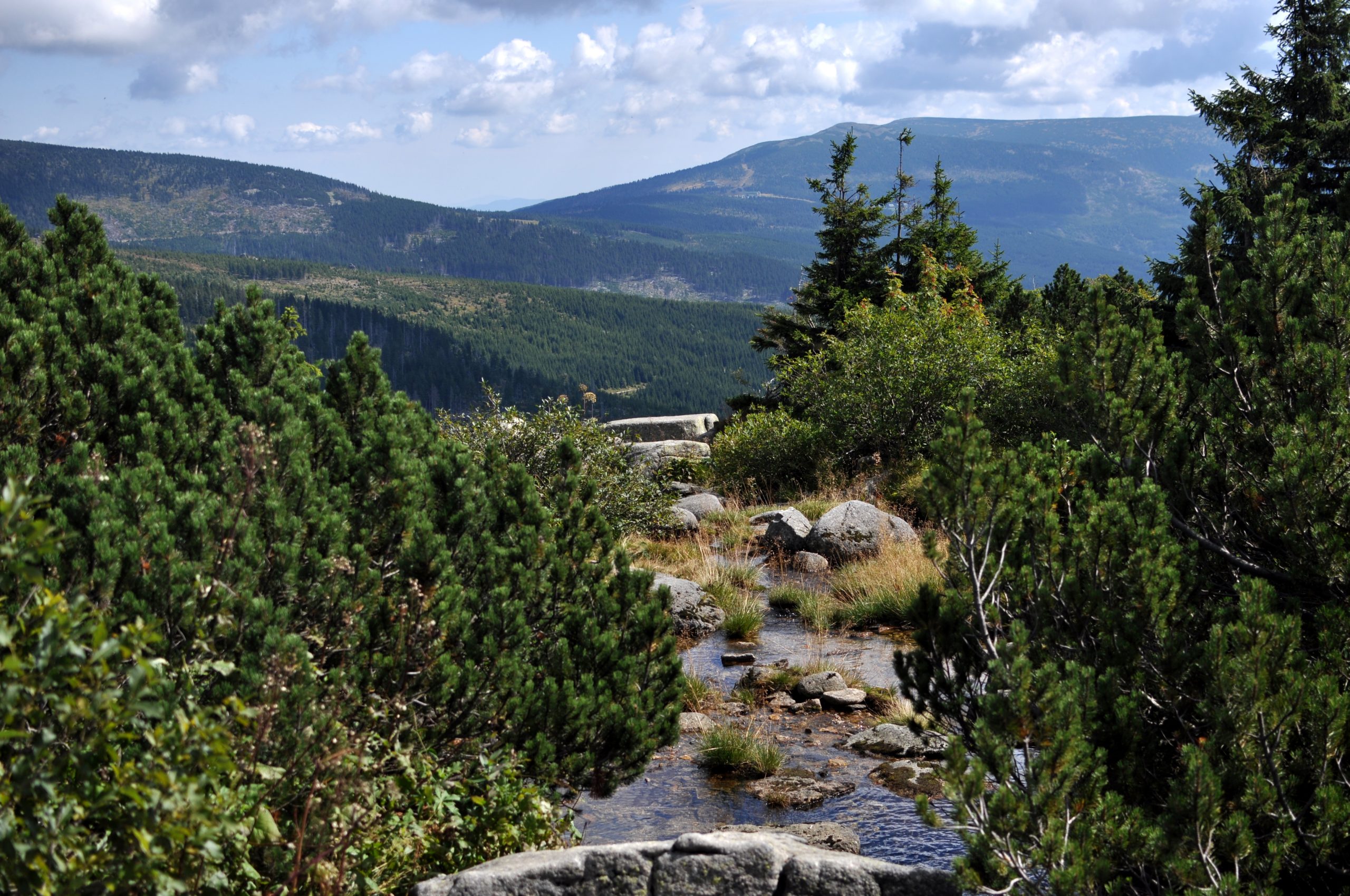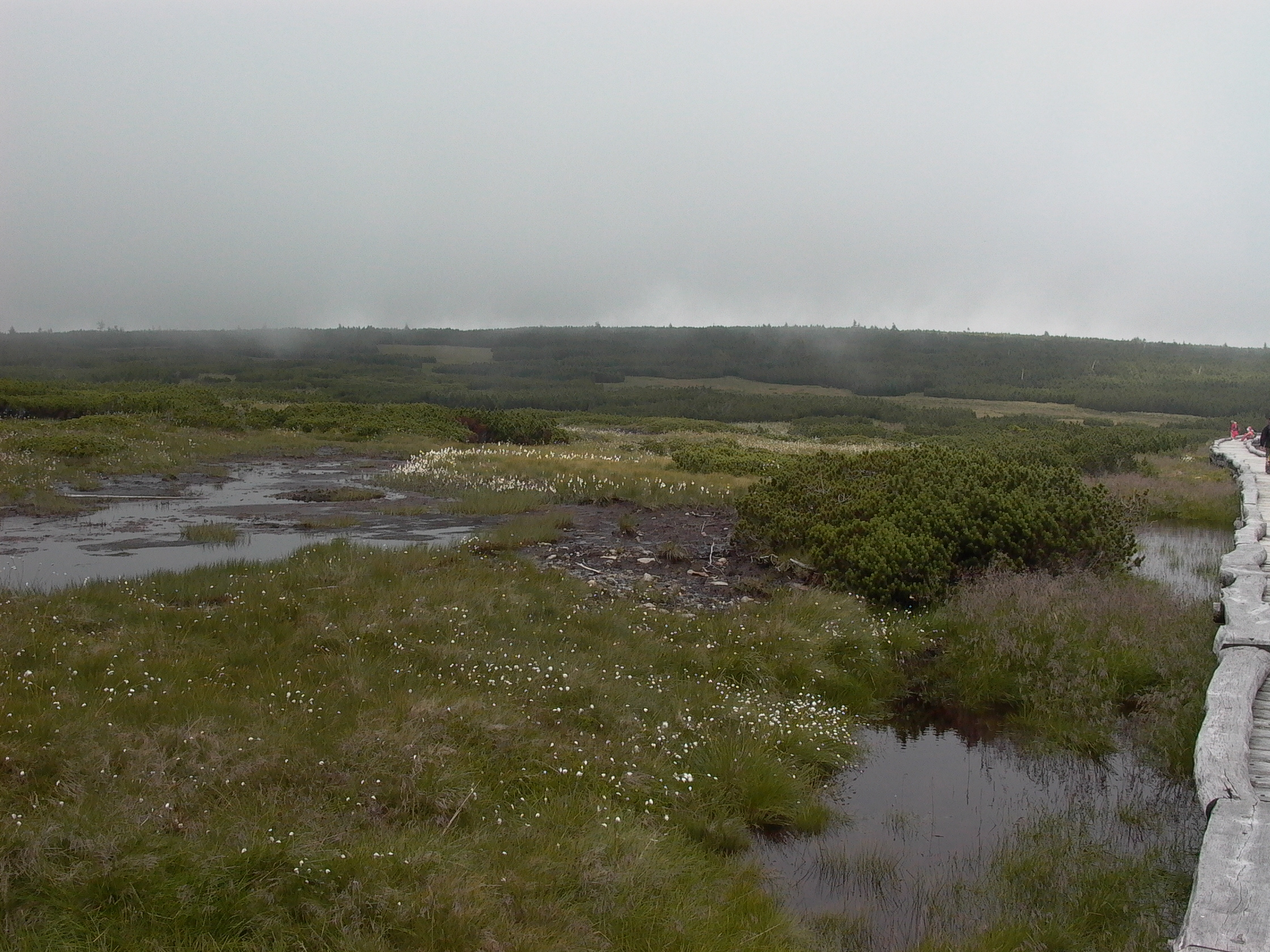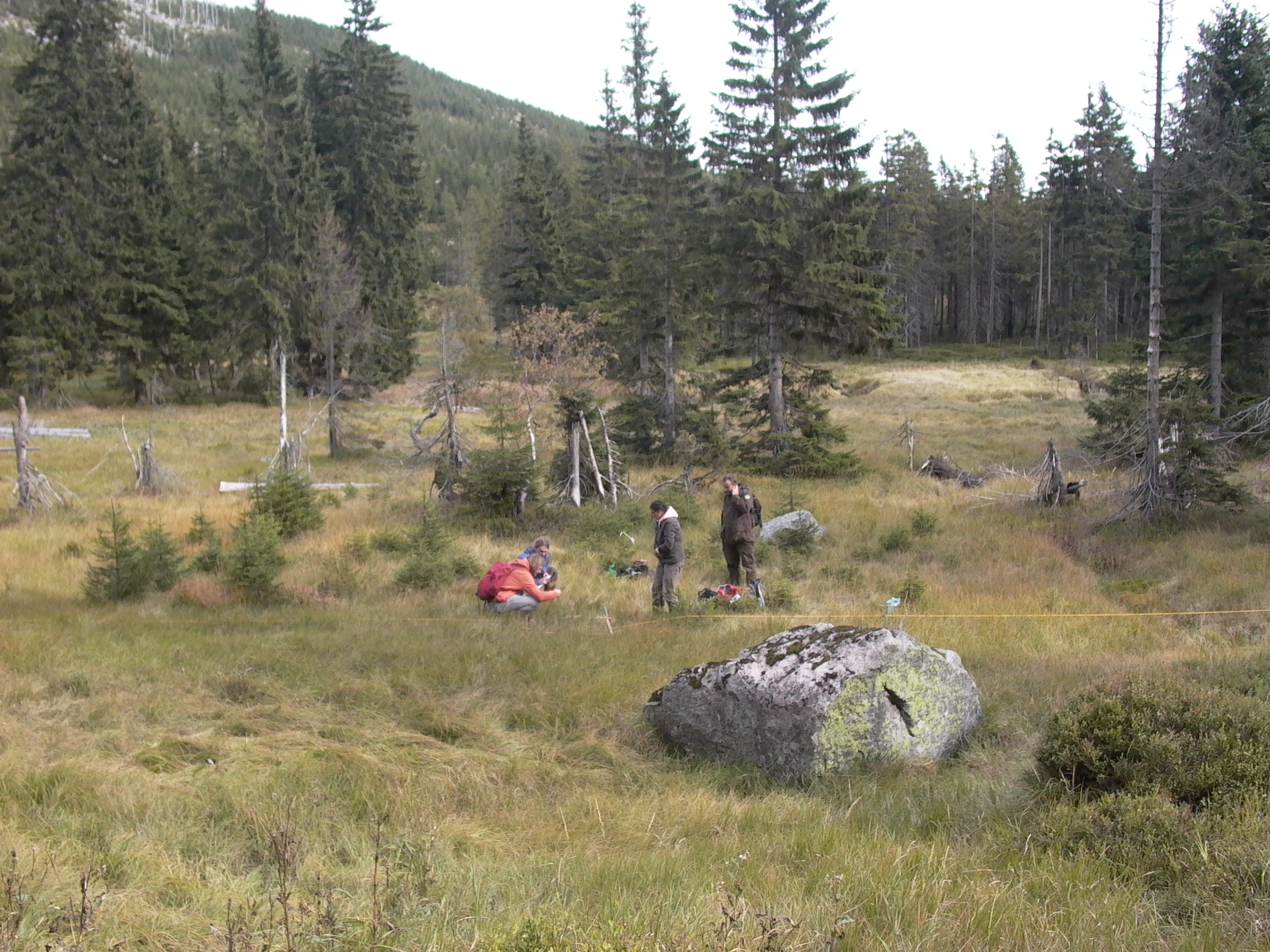Booking conditions
- The organiser reserves the right to cancel any tour in case less than 20 delegates are registered.
- On-site requests for Field Trips are welcome but cannot be guaranteed. There will be an Info point where the available tours will be for onsite sale.
- A cancellation free of charge is possible until 15 April 2024. In case of later cancellation, processing any refund is impossible.
2-days trip includes:
- Transportation from/to Clarion Congress Hotel Prague
- Expert Guides
- 2x Lunch box
- Dinner
- Accommodation in double rooms incl. breakfast
- Admissions to parks/museums where applicable
- Field trip book guide
1-day trip includes:
- Transportation from/to Clarion Congress Hotel Prague
- Expert Guides
- 1x Lunch box
- Admissions to parks/ museums where applicable
- Field trip book guide
Insurance and Liability
The Organisers will accept no liability for personal injuries sustained or for loss or damage to property belongings of Conference participants or accompanying persons either during or because of the Conference or during the Field trips. Participants are strongly recommended to seek insurance coverage for health and accident, lost luggage, and trip cancellation.
FT 1 – Postglacial period of the Šumava National Park
Pre-Conference Field Trip, 2 days
Price: 250 €.
Capacity: One bus = max. 40 participants
Dates: 25–26 May 2024
- Departure: Saturday 25 May, 7:30 am from Clarion Congress Hotel;
- Arrival: Sunday 26 May evening (before 8 pm)
Expected length: 400 km (bus), 17 km (walk).
Map: https://en.mapy.cz/s/javuhoreva
Special requirements: The visited sites are situated in a quite remote part off the road, only accessible on foot. The total walking distance is about 17 km (10 km first day + 7 km second day). Only participants in a condition for such a long walk can register! Bring walking shoes and outdoor clothing (altitude of 1100 m) and be prepared for possible wading to cross the river.
This excursion will cover late Quaternary vegetation changes and human impact in the largest national park in Czechia and the largest forested complex in Central Europe (https://www.npsumava.cz/en/).
We will take you to the most beautiful part of the park. We will concentrate on the long-term dynamics of natural mountain spruce forests and their disturbances and visit an investigated lake of glacial origin and a peat bog where results from sedimentary archives will be presented. We will also introduce you to the prehistory of Šumava and show you places to let your imagination run wild. Along the trail, we will observe mountain spruce forests that have recently been affected by severe bark beetle and wind disturbances and are in the process of regeneration
The excursion will lead through the most strictly protected parts of the national park, only accessible on foot. Two hikes leading from a bus parking lot to an archaeological site and a glacial-origin lake are planned for a maximum length of 18 km.
Accommodation and food: Hotel Srní (dinner, breakfast), 2 lunches
Guides: Petr Kuneš, Dagmar Dreslerová, Pavel Hubený
FT 2 – Lower Palaeozoic of the Barrandian area
Post-Conference Field Trip, 1 day
Price: 95 €.
Capacity: One bus = ca. 50 participants.
Date: 1 June 2024
Expected length: 150 km (bus), 2 km (walk).
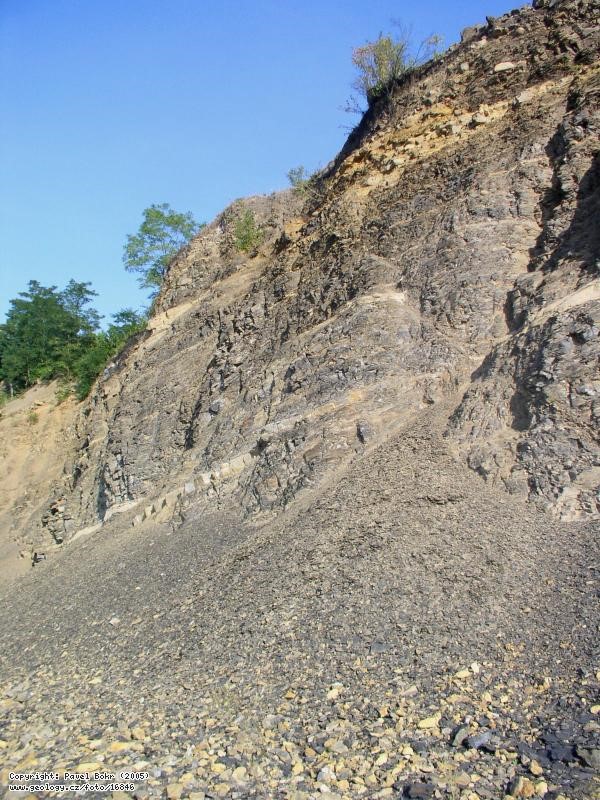
Special requirements: Geological hammer is recommended.
The excursion will provide a brief review of the Ordovician and Silurian stratigraphy of the Barrandian area. Four visited outcrops comprise: Krušná hora – Velíz landscape of the Barrandian area, Museum of Bohemian Karst Beroun – visit of the Museum Geopark of the Barrandian area, Lunch in Beroun, Loděnice – Černidla (Silurian) – locality with the oldest occurrence of Coocksonia, and Řeporyje – Požáry quarry (GSSP of the Přídolí Series)GSSP of the Přídolí Series.
1) Krušná hora – Velíz
2) Museum of Bohemian Karst Beroun
- Visit of the Museum Geopark of the Barrandian area
Lunch in Beroun
3) Loděnice – Černidla (Silurian)
- Locality with the oldest occurrence of Coocksonia
4) Řeporyje – Požáry quarry (GSSP of the Přídolí Series)
- GSSP of the Přídolí Series
Guides: Oldřich Fatka, Vojtěch Kovář, Milan Libertín, Jakub Vodička
FT 3 – Late Cretaceous of the Bohemian Cretaceous Basin
Post-Conference Field Trip, 1 day
Price: 75 €.
Capacity: One bus = ca. 50 participants.
Date: 1 June 2024
Expected length: 150 km (bus), 3 km (walk).
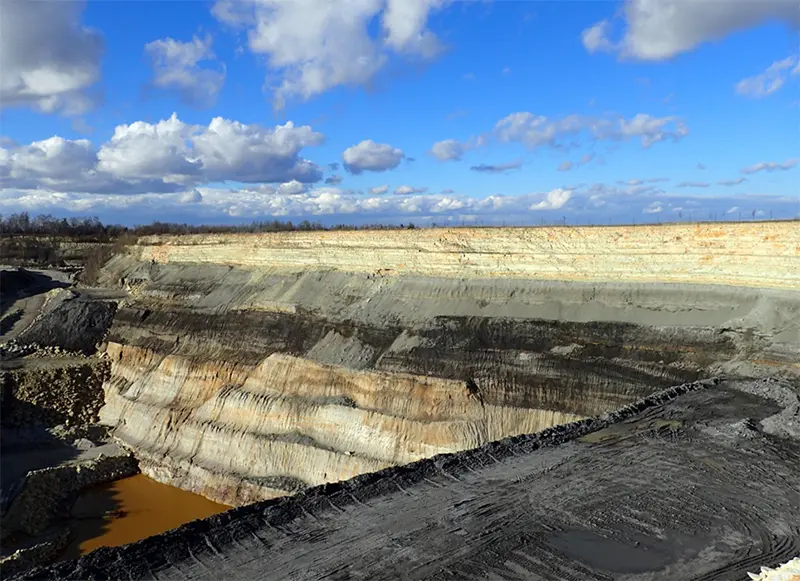
Special requirements: Pecínov site is situated in an opencast claystone mine, so solid shoes are needed. Geological hammer is recommended.
A field trip to two localities: Vyšehořovice and Pecínov, where freshwater sediments of the Peruc-Korycany Formation (Cenomanian, Late Cretaceous) contain rich angiosperm-dominated flora. Information on palaeobotany and sedimentology of the mid-Cretaceous part of the Bohemian Cretaceous Basin will be provided. At Pecínov, collection of fossils and sampling for microfossils will be possible. Historical site of Vyšehořovice is protected as a geoscience site.
Guides: Jiří Kvaček (palaeobotany), David Uličný (geology), Marcela Svobodová (palynology)
FT 4 – Neogene of
north-western Bohemia
Post-Conference Field Trip, 1 day
Price: 78 €
Capacity: 18 participants.
Date: 2 June 2024
Expected length: ca. 260 km (bus).
Map: https://maps.app.goo.gl/1Z1xT2V9aPkrBnCH7
Special requirements: The visited site (Doly Nástup Tušimice mining site) is situated in an open-cast lignite mine, so solid shoes are needed. Geological hammer is recommended.
Eocene to Pliocene sediments are preserved in depressions and grabens along the Krušné hory Mts. Besides freshwater coal-bearing deposits, products of volcanic activity occur in western and northern Bohemia, forming the eastern branch of the European Cenozoic Volcanic Alkaline Province.
We will visit lower Miocene sediments of the Most Basin with the Doly Nástup Tušimice mining site. This main stop will be aimed at overall geological setting in which sediments were deposited, from the basement to the uppermost parts, situated in the MMCO, with collection of fossil plants above the main lignite seam. We will also visit two museum expositions: Museum of Most (on our way to Doly Nástup Tušimice), where many Neogene and Paleogene plants are displayed in a modern and well-arranged exposition; Museum of Louny exposition called “Petrified Forest” (on our return) with very rich local collection of fossil woods, Carboniferous to Neogene in age. Finally, there will be a short visit of the abandoned (protected since 1953) pit cut into the horse-shoe shaped small hill on the SE limit of Hnojnice village, known as Kamenná slunce u Hnojnic (Stony suns near Hnojnice).
Guides: Jakub Sakala (palaeobotany), Karel Mach, Tomáš Novotný and Vladislav Rapprich (geology)
FT 5 – Late Pleistocene and Holocene of the Bohemian Paradise
Not available
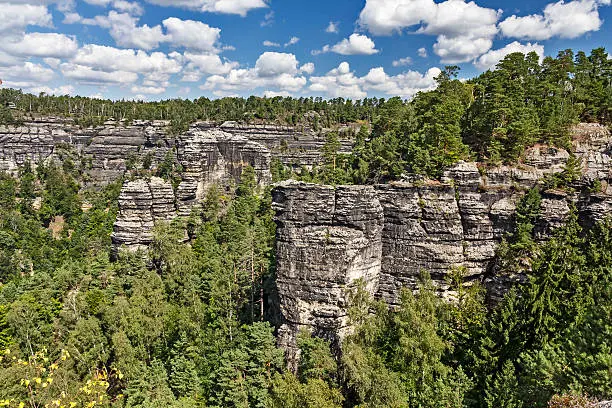
Less than an hour and a half from Prague, “rocky cities” built of Cretaceous sandstones offer an opportunity to enjoy picturesque, rarely seen landscapes, and to visit some classical as well as freshly investigated Late Pleistocene and Holocene sites.
Emphasis will be given to stratified archaeological sites under rock shelters and to adjacent wetlands, which together provide a wealth of environmental proxies. No special clothing or shoes are required. All places visited will be easily accessible on foot. The walking distance from the bus is within one kilometre. We will make several stops to show the methods of field research and the results of palaeobotanical investigations.
Guide: Petr Pokorný
FT 6 – Modern pollen deposition in relation to Holocene vegetation changes in the Krkonoše Mts.
Not available
Special requirements: The visited sites are situated in a quite remote area, away from the road, only accessible on foot. The total walking distance is about 7 km. Only participants in a condition for such a long walk can register! Bring walking shoes and outdoor clothing (altitude of 1400 m). This trip takes you to the highest mountain range in NE Bohemia. In this iconic landscape covered in its highest part by azonal tundra accompanied by many peatbogs, a long-term pollen monitoring project has been run since 1997.
We will concentrate on the results of pollen monitoring in relation to Holocene development of mountain tundra and mountain forest. Two or three hours’ walk on the Krkonoše plateau at the altitude of 1200 to 1400 m are planned: Vrbatova bouda Chalet – Pančava Waterfall – Labská louka meadow – Labská bouda Chalet – Labe (Elbe) Waterfall – the spring of Labe (Elbe) river – Pančava mire – Harrachovy kameny rocks – Kotelní jámy (Kettle holes) – Vrbatova bouda Chalet; 7 km.
Guides: Helena Svitavská-Svobodová
FT 7 – Fire history of the Bohemian Switzerland
Post-Conference Field Trip, 1 day
Price: 78 €.
Capacity: One bus = ca. 50 participants.
Date: 1 June 2024
Expected length: 260 km (bus), 5 km (walk).
Map: https://mapy.cz/s/hesugezope
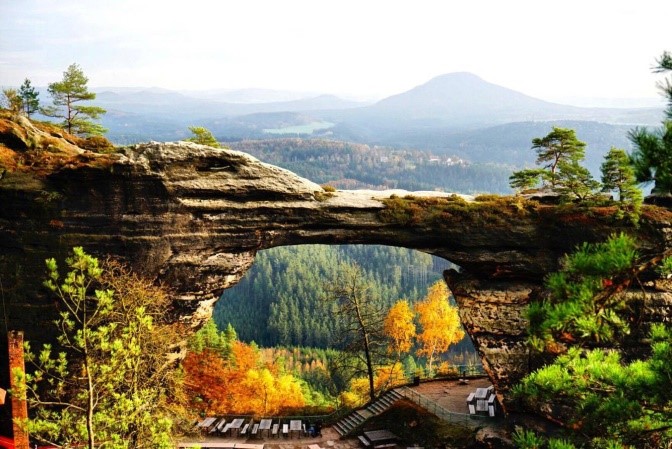
Special requirements: hiking boots
The spectacular landscape of the Bohemian Switzerland National Park is known for its unique relief of sandstone cliffs covered with pristine pine forests. Our focus will be on the natural heritage and environmental history of this landscape, with particular emphasis on palaeoarchives – peat bogs, cave deposits and archaeological sites. The region is one of the most fire-prone in central Europe. However, the charcoal record suggests that fire has shaped the ecosystem here throughout the Holocene. Along the way, we will see traces after the recent forest fire, largest in the Czech Republic, which burned almost 1300 hectares of forest.
Guides: Přemysl Bobek
FT 8 – Permo-Carboniferous of the Krkonoše Piedmont Basin
Post-Conference Field trip, 1 days
Price: 130 €.
Capacity: One bus = ca. 20 participants.
Dates: 1 June 2024
Expected length: 340 km, (bus), 1–2 km (walk).
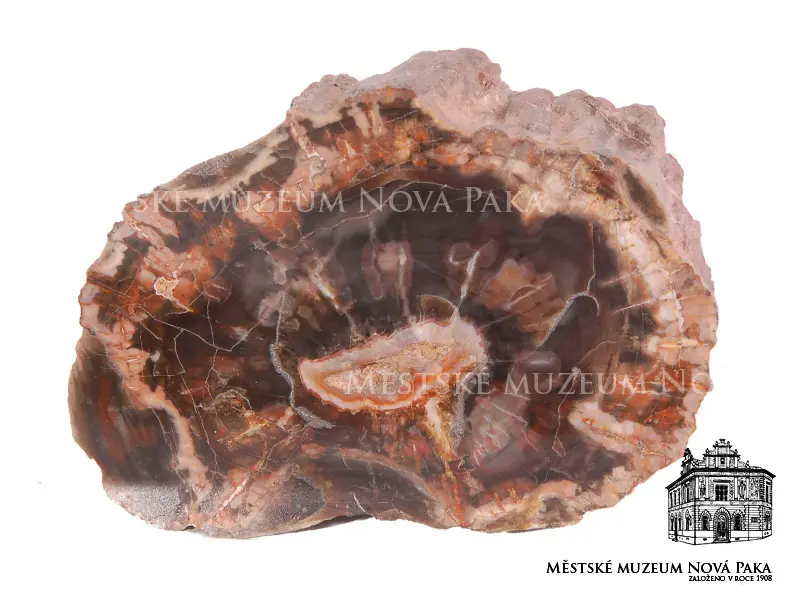
Special requirements: Field dress and shoes, geological hammer.
Day 1: Study of the Vrchlabí section that encompasses practically the whole of the Rudník Horizon (Permian, Asselian). This horizon, about 180 m thick, forms an outcrop 600 m in length. Of nine fossiliferous beds, about five are still accessible. 39 plant species have been identified: sphenopsids (Calamites, Annularia), marattialean ferns, pteridosperms (e.g., Odontopteris, Autunia), cordaitaleans and conifers (Culmitzschia, Ernestiodendron and Walchia). Animal remains include sharks, acanthodians, actinopterygians, amphibians, molluscs and conchostracans.
In the afternoon visit of the Kyje near Jičín outcrop with the Ploužnice Horizon of the Gzhelian age, continuation to the Nova Paka Museum (Klenotnice), which is well known for its large collection of gemstones and silicified woods. The last locality will be the Pecka Castle (“pecka” = nodule) that was built on Carboniferous (Kasimovian) rocks of the Kumburk Formation, containing silicified woods. A silicified wood is accessible in the cellar of the castle. Return to Prague is planned for the evening at about 7 p. m.
Guides: Zbyněk Šimůnek, Václav Mencl
FT 9 – Miocene to Quaternary of southern Moravia
Not available
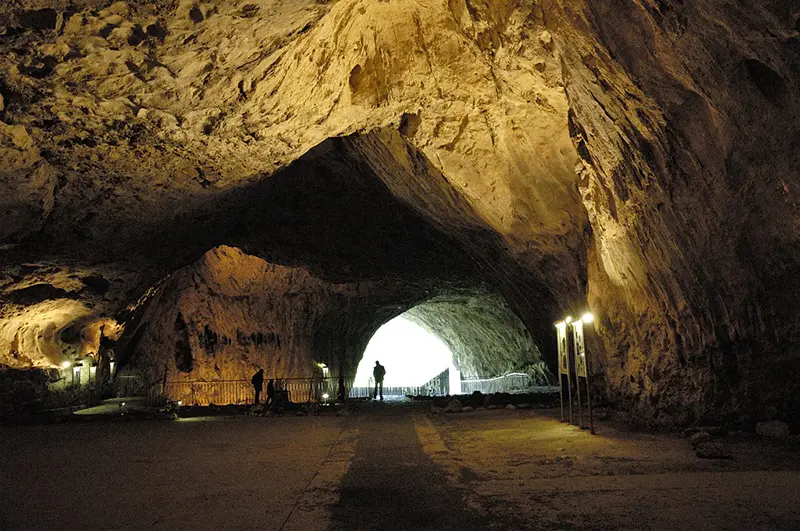
The area of southern Moravia is known not only for vineyards and wine cellars (Mikulov), but also for Miocene deposits of the Carpathian Foredeep, several prehistoric localities, and the Moravian Karst, with 15 palynologically significant caves.
Day 1: Kůlna Cave (known for Neanderthal man skeletal remains), Podbřežice (Langhian marine sediments, bryozoan limestones), Pavlov (Archeopark – an Upper Paleolithic settlement), Mikulov (wine cellars in the evening);
Day 2: Hevlín (Upper Burdigalian deposits), Pohansko (an Early Medieval settlement), Čejč Lake deposits (Pleistocene–Holocene).
Guides: Nela Doláková, Eva Břízová, Marianna Kováčová
The fees for field trips include: guides, lunch packages, transportation by bus, accommodation (hotel, double rooms) and dinner during 2-day trips.
Minimum number of participants: 20.





